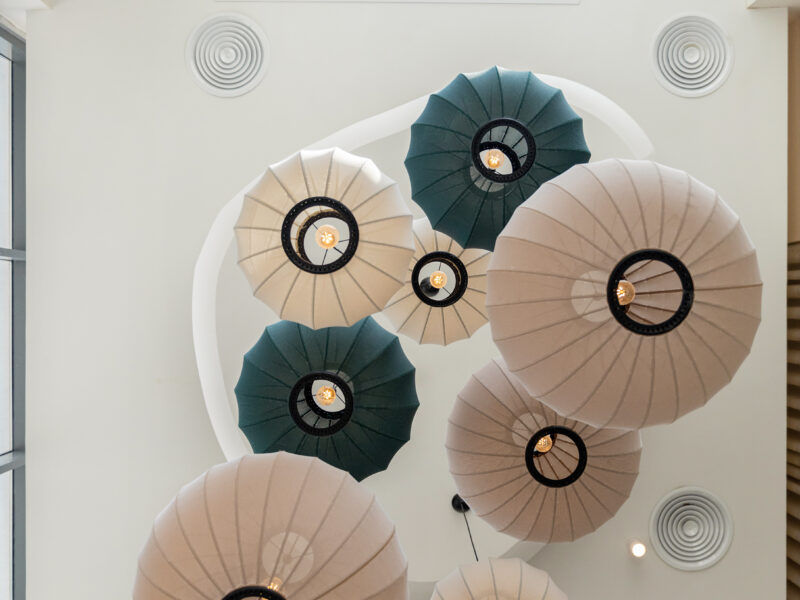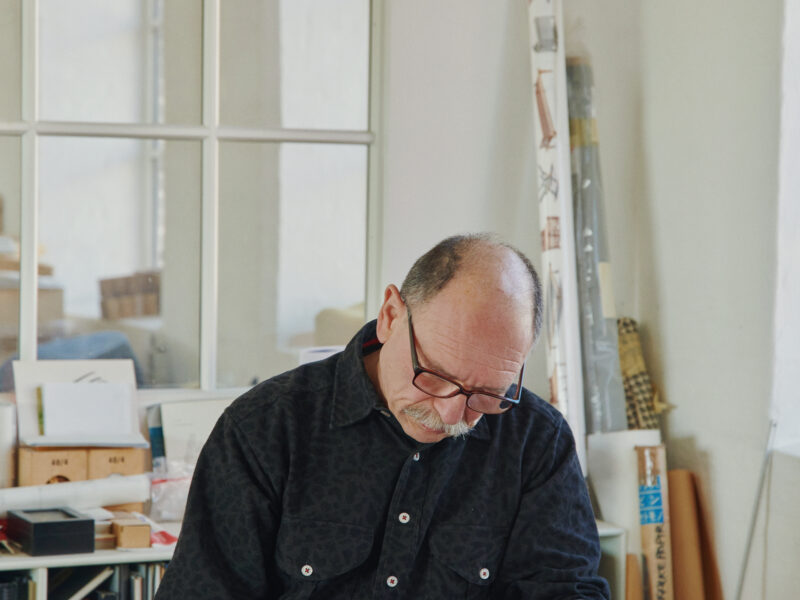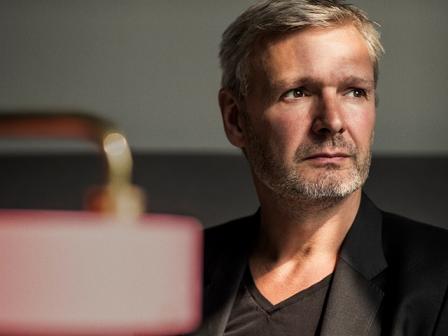
Q&A with Flemming Lindholdt
For over a decade, Flemming has been working with custom-made solutions. The TD Beam Kitchen designed in collaboration with Tom Dixon serves as a good example of Flemming’s playful and uncompromising attitude towards design. The kitchen was also rewarded the Elle Deco International Design Award in 2011. In 2014, Flemming began focusing on product design and the Petite Machine lamp family is the first of its kind.
We had a chat with him about his sources of inspiration.
What inspired you to create the Petite Machine lamp series?
Initially, I found inspiration in the circular shape and I wanted to work with the composition of two circles. It was a simple dogma and it was essential for my design process because the final design is the result of playing with the movements, sizes, distances between the two circles and the circular meeting of the tube and mounting. Besides this, the small scale of Petite Machine is strongly inspired by lamp design of the 1930s and 1950s.
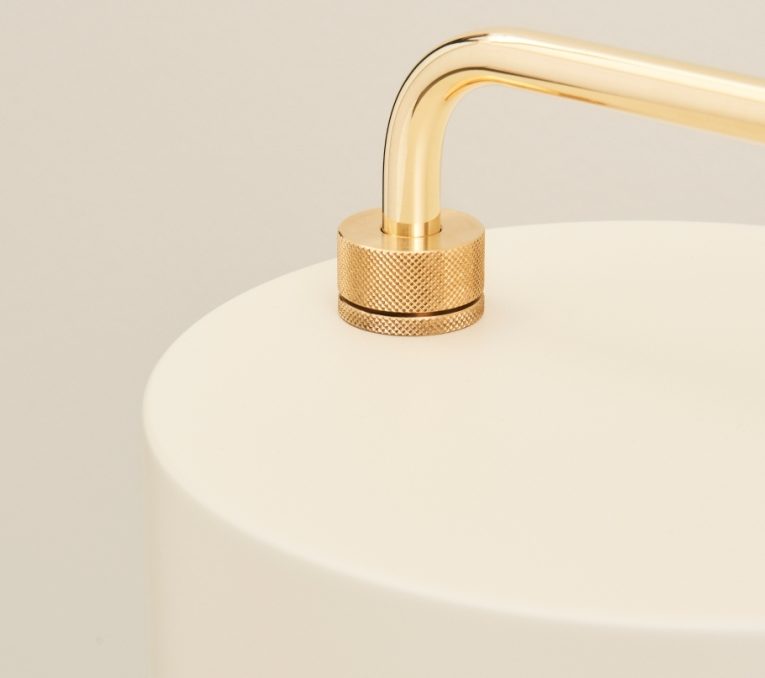
Did you know from the beginning that you would make a family of lamps or how did it develop?
It was my ambition from the beginning that the Petite Machine should evolve into a collection of lamps. I wanted to design a family of lamps that could decorate all kinds of rooms and fit all needs for lighting.
What thoughts did you have concerning the choice of colors?
The colors are inspired by the 1950’s, but I wanted to create colors that had a reference to the clearness of contemporary colors.
Why the name Petite Machine?
It took some time to come up with the name, but my friend Kasper Eistrup (Danish musician and artist, red.) helped me in the right direction. We spent a day together in my home, where we discussed possible names, but it was a quite difficult task. After a while Kasper proposed that I could name the lamp after a song and suddenly I knew that “Petite Machine” was the perfect name. First of all, music and lyrics mean a lot to me and secondly the name very precisely describes the functionality and mobility of the lamp (“Petite Machine” appears on Kashmir’s “Zitilites” album, red.)
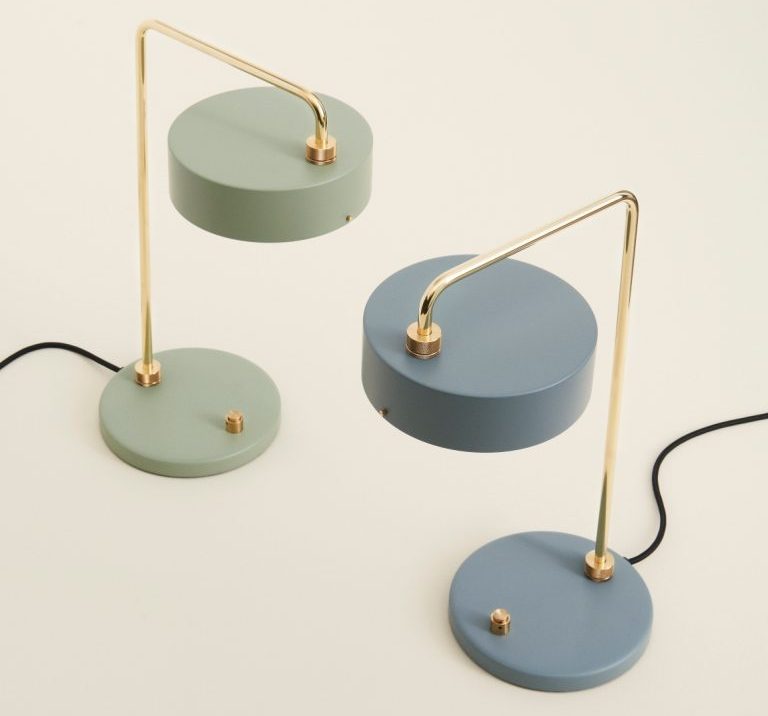
What have you learned during the process of designing and manufacturing lighting?
It was important for me to leave the outer shape of the lamp shape untouched throughout the manufacturing process, which proved to be challenging. In the manufacturing process, I learned to compress all the internal functions and also managed to build in a ring of Teflon in the swivel mechanism in order to give a little resistance when the user turns the lamp from one position to another. Most lamps only interact with the user, when they’re switched on and off, but this resistance mechanism gives the user a sense of interacting and communicating with the Petite Machine. The same idea applies to the switch button that makes a soft, abrasive sound.
Do you think Petite Machine reflects the Danish design tradition?
I don’t consider Petite Machine to be an archetype of the Danish design tradition, but I think it’s obvious that it has roots in the same design culture. I would say that it’s a blend of the European and Danish design traditions. But the Petite Machine very clearly reflects the Danish craftsmanship tradition. I think it’s important to cling to this tradition, because Danish manufacturers leave a clear quality mark on the products.

